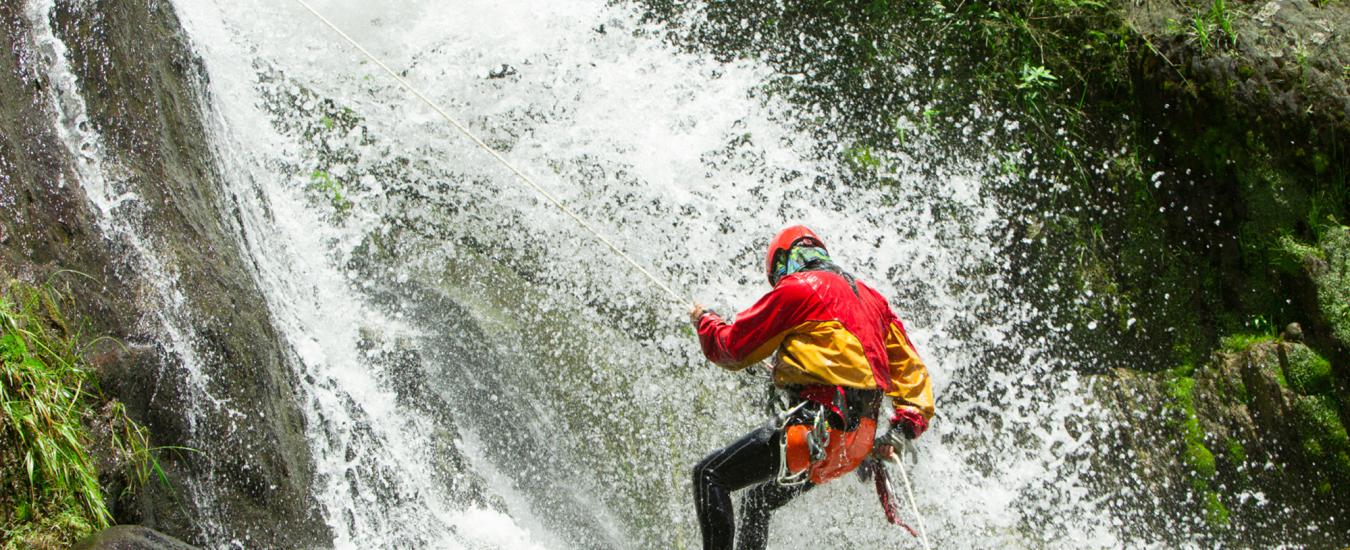Canyoning in Nepal is a thrilling and adventurous activity that involves descending through steep canyons, often with the help of ropes and other equipment. Nepal, with its diverse topography and numerous rivers and canyons, provides an excellent setting for canyoning enthusiasts. Here are some key points to consider if you’re interested in canyoning in Nepal:
- Locations: Nepal offers various canyoning destinations, with some of the most popular canyons located near Kathmandu, Pokhara, and other regions. Some well-known canyons include:
- Sundarijal Canyon (near Kathmandu)
- Jalbire Canyon (near Pokhara)
- Jalberi Canyon (near Bhote Kosi)
- Kusma Bungee and Canyoning (near Pokhara)
- Chhango Waterfall (in Ghalel, near Pokhara)
- Tours and Operators: Canyoning in Nepal is usually organized by adventure tour operators and canyoning companies. These companies provide experienced guides, necessary equipment, and safety measures. It’s essential to choose a reputable operator to ensure your safety during the canyoning experience.
- Skill Level: Canyoning in Nepal can cater to a wide range of skill levels, from beginners to experienced canyoneers. Some canyons offer entry-level experiences with relatively easy descents, while others provide more challenging options for those with prior canyoning experience.
- Equipment: Canyoning involves rappelling down waterfalls and traversing through narrow, rocky gorges. You’ll need equipment such as ropes, harnesses, helmets, and wetsuits, depending on the canyon’s characteristics and weather conditions. Tour operators typically provide all the necessary gear.
- Safety: Safety should always be a top priority. Ensure that your chosen operator follows safety protocols, provides certified guides, and conducts thorough safety briefings before the activity.
- Season: The best time for canyoning in Nepal is during the dry seasons, which typically run from September to November and March to May. Monsoon season (June to August) is not ideal for canyoning due to the heavy rain and increased water flow in canyons.
- Physical Fitness: Canyoning requires a reasonable level of physical fitness, as you may need to hike to the starting point and navigate challenging terrain. Make sure to check with your tour operator about specific fitness requirements for the canyon you plan to visit.
- Permits: Some canyoning sites in Nepal may require permits, especially those located within national parks or conservation areas. Your tour operator should help you obtain the necessary permits.
Canyoning in Nepal offers an exciting way to experience the country’s natural beauty, and it’s a great opportunity for adventure seekers to explore its rugged landscapes. Always prioritize safety and choose a reputable operator to make the most of your canyoning adventure in Nepal.

